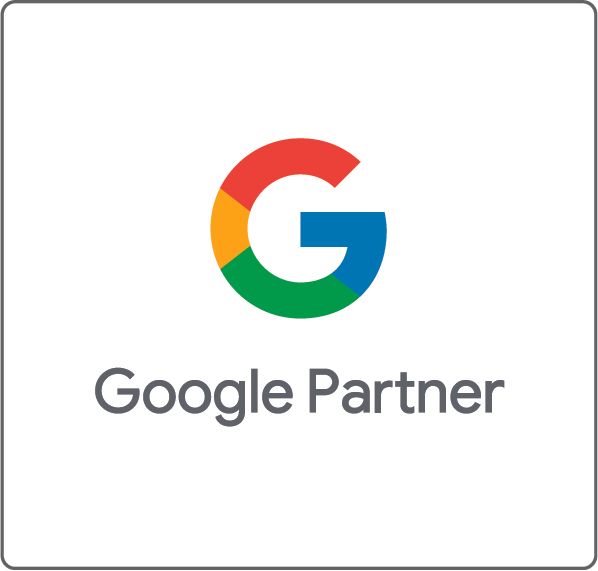Will 280 Characters Impact Digital Marketing?
Twitter Inc. has now given users the ability to send tweets out with as many as 280 characters. This was rolled out to users in all languages except Japanese, Korean and Chinese. Twitter’s reason for not rolling out worldwide is the same reason for the initial test of increasing character limits, users who speak those languages already tweet more than those who use the Roman alphabet. In doing this, Twitter hopes to revive user growth by allowing them to tweet longer posts, and not having to worry as much about editing post to the point their meaning is lost.
In a Bloomberg Technology article, it discusses how in early September, Twitter tested the longer tweet limit with a group of users. “Twitter found that people with the expanded character limit spent less time editing their tweets. Those people also got more followers, spent more time on the platform and interacted more with other users on the service, the company added.”
This change is causing some social media marketers to completely rethink their Twitter strategy. Marketers have become experts at fitting their messages into the previously allowed 140 characters. "More space makes it easier for people to fit thoughts in a tweet, so they could say what they want to say, and send tweets faster than before." The goal is to engage the user, keep them interested, and get your point across. 140 halts you from being able to easily express your thought, but with 280 it should make this much simpler for a digital marketer.
As with any change, there has been some backlash. Some believe that since users have been trained to consume media in 140 characters and that the lengthy “280 characters” won’t be hold people’s attention. There is also the argument that the character limit made people better writers by forcing them to form more concise thoughts (with the exception of the newer trend of threading tweets together).
The new character count has been out for about a week and for the most part the Twitter landscape has not really changed. Even though many users tested out the new increased character count, many tweets are still just as they were before, short and sweet.
Never miss an update from “The Shoppe,” sign up for our email list today!
Subscribe
Sign up with your email address to receive news and updates.
Subscribe
We will get back to you as soon as possible.
Please try again later.
We respect your privacy.


Address
4 Corporate Drive,
Clifton Park, NY 12065
Shopper and Marketing Insights to Your Inbox!
Sign up with your email address to receive updates and insights from the SparkShoppe team!
Newsletter footer
We will get back to you as soon as possible.
Please try again later.
We support your right to privacy and therefore will not disclose your personal data to other organizations, third party vendors, suppliers or marketers.
© 2024 All Rights Reserved | Privacy Policy | Accessibility Statement














